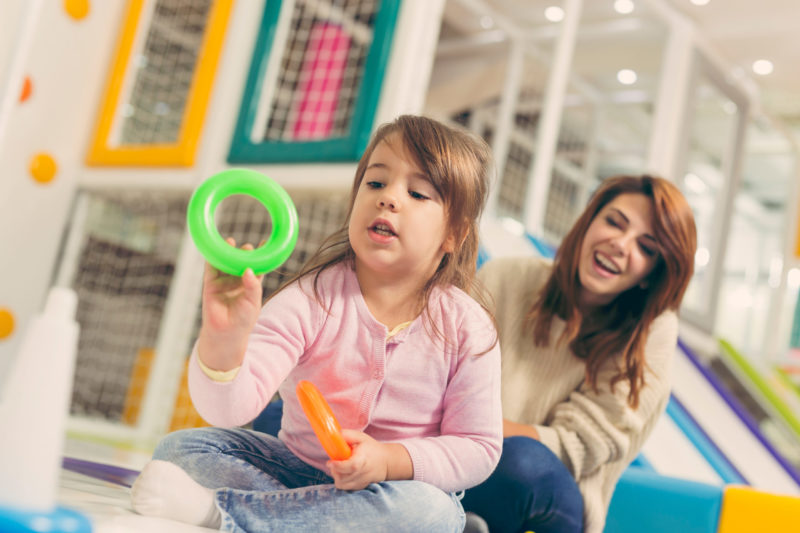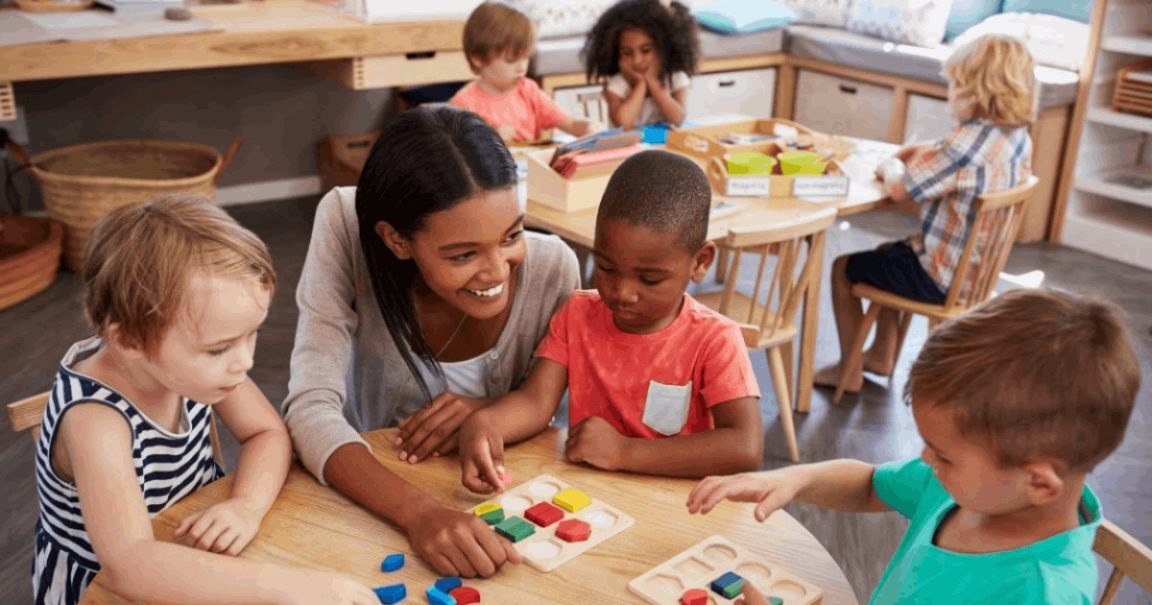In today’s competitive landscape, establishing a recognizable preschool brand is no longer optional; it’s essential. Parents carefully select institutions that align with their values and dreams for their children.
A strong preschool brand goes beyond an eye-catching logo; it embodies a commitment to excellence and uniformity. Through strategic marketing, preschools can define their unique identity, attract families, and become a preferred choice. These insights provide the roadmap to build and market a vibrant, trusted preschool brand, securing its place in the hearts and minds of families.
With that said, here are a few key marketing tips for building a strong preschool brand:
Prioritize Quality And Safety

Quality education sets the stage for lifelong learning. Every lesson, every activity counts. Using evidence-based teaching methods ensures optimal learning outcomes. Parents entrust institutions like Little Scribblers AU to emphasize the importance of an engaging and practical curriculum with their children’s foundational years, rightfully expecting the best. Preschools must ensure their curriculum is both engaging and effective. Using evidence-based teaching methods ensures optimal learning outcomes.
Safety is equally paramount. Secure premises are the cornerstone of any reputable preschool. Regular safety drills, background checks for staff, and up-to-date safety equipment are essentials. Parents need peace of mind, knowing their children are in a protected environment.
Lastly, the marriage of quality and safety creates a wholesome educational environment. Preschoolers demonstrate a deep commitment to child welfare by ensuring rigorous standards in both areas. It’s a testament to their dedication to nurturing and protecting the youngest learners.
Understand Your Target Audience

In preschool marketing, knowing your audience is half the battle won. Your target audience is primarily parents, especially those with children nearing preschool age. But it’s more nuanced than that. Know whether they’re first-time parents or seasoned with multiple kids.
What are their main concerns – safety, curriculum, or extracurricular activities? Understanding these subtleties allows you to tailor your messaging to their needs and desires. Every parent wants the best for their child, but ‘the best’ might look different to various families.
Furthermore, consider the cultural, social, and economic backgrounds of the families in your community. They might be looking for a bilingual program or STEM (Science, technology, engineering and mathematics) education. Or outdoor activities or arts may be their main priority. By diving deep into the demographics and psychographics of your target audience, you can develop marketing strategies that resonate on a personal level.
Offer Transparent Communication

In today’s fast-paced world, parents seek more than just a place to drop off their kids – they seek trustworthy partnerships. Transparent communication is the cornerstone of building that trust. When parents know what’s happening in the preschool, how their kids are performing, and what strategies are employed, they feel more connected and secure. It’s about relaying the good and being open about challenges.
The digital age offers numerous platforms to foster transparent communication. Use social media, emails, and dedicated parent portals to offer regular updates. Share pictures of ongoing activities, send newsletters detailing curriculum updates, and consider periodic virtual meetings for parental feedback.
These digital touchpoints can showcase the preschool’s vibrancy and commitment to education and provide a convenient way for parents to stay informed. Remember, the little updates and consistent check-ins often make the most significant impact. This solidifies trust and fosters a sense of community, where parents feel they’re a part of something bigger than just a service.
Leverage Social Media And Technology

Online presence is vital. For preschools, social media isn’t just a trend; it’s a tool. Platforms like Facebook, Instagram, and Pinterest can showcase daily activities, success stories, and upcoming events. A consistent online voice establishes a preschool’s brand, reaching more families effectively through brand marketing.
Technology enhances parent-teacher communication. Apps and platforms offer real-time insights into a child’s day. Parents can access updates, photos, and academic progress with a click. Seamless digital interaction bridges gaps, fostering stronger school-home connections.
Lastly, the potential for online feedback is invaluable. Social media allows parents to share experiences and reviews. Positive testimonials amplify a preschool’s reputation. At the same time, constructive criticism offers growth opportunities. Leveraging digital platforms ensures preschools stay relevant and continuously evolve.
Implement Holistic Development Programs

Holistic development prioritizes all facets of a child’s growth. It’s not just about reading or math. Emotional, social, physical, and cognitive areas all deserve attention. A comprehensive approach ensures a well-rounded learning experience. It molds children into balanced, adaptive individuals, preparing them for the world beyond classrooms.
Play-based learning takes center stage in this model. It’s not mere fun; it’s educational. Through play, preschool kids develop creativity and problem-solving skills. They learn to interact, share, and navigate challenges. Such experiences build resilience and foster essential life skills, setting the foundation for lifelong learning.
Incorporating emotional intelligence training is equally pivotal. Sessions focus on empathy, patience, and communication. Children grasp the importance of understanding emotions—their own and others. For parents, this holistic focus demonstrates a preschool’s genuine commitment to nurturing every aspect of their child’s well-being.
Engage The Community

Community involvement is more than just a gesture. It’s a strategic move for preschools. Actively engaging with residents and businesses creates stronger bonds. Hosting community events, like fairs or workshops, welcomes everyone in. Such gatherings foster goodwill and amplify a school’s presence.
Collaboration is a two-way street. Forming partnerships with local enterprises can benefit both parties. Perhaps a local bookstore could offer reading sessions, or a café could sponsor snacks for an event. These alliances spotlight the preschool’s role in local life. They emphasize the institution’s commitment to community growth.
Feedback from the community is invaluable. It offers fresh perspectives. Town hall sessions or open forums can serve as platforms. Here, residents can share ideas, concerns, or praise. Preschools show they value and prioritize community insights by actively listening and implementing suggestions. This not only enhances their brand but also solidifies trust.
Conclusion
Building a preschool brand is an ongoing, multifaceted process. Quality, openness to feedback, and community engagement are vital ingredients. Striving for excellence in every aspect, listening attentively to parents, staff, and the community, and aligning services with community needs fosters trust and builds a solid reputation.
However, brand marketing doesn’t stop there. Endurance, consistency, and commitment are keys to shaping positive perceptions over time. Being adaptable to the ever-changing educational landscape ensures that the brand remains relevant and resonant. Embracing shifts, staying agile, and maintaining a focus on core values can lead a preschool brand to thrive and become a beacon for families seeking the best for their children.





